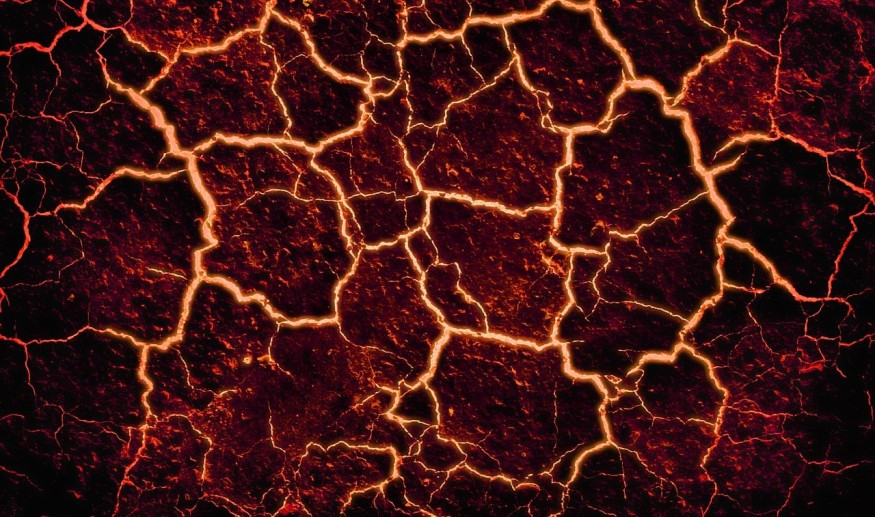
In a new and upcoming "Explorer" episode of National Geographic that will be available for streaming in Disney+ on October 27, the first documented climb on Mount Michael and an expedition across Saunders Island will be featured. Mount Michael is known to host the world's eighth lava lake.
Lava Lakes
Back in 2001, satellites of NASA scanned through an island close to Antarctica in the South Atlantic Ocean that was uninhabited. The scans were then able to pick up a thermal outlier that puzzled and excited scientists.
Within a volcano that remained unexplored, they were able to pick up signature characteristics of a bubbling molten rock lake. There were only seven known lava lakes across the world.
World's 8th Lava Lake
As they had nothing else but thermal data, volcanologists could not confirm a lava lake's existence. It was only after two decades that this was done.
In a new "Explorer" episode that is set to premiere on Thursday, mountaineers and scientists were followed by filmmakers as they charted the first ever climb over Mount Michael, which is a Saunders Island volcano within the South Sandwich Islands. It was then that the lava lake's existence was confirmed.
According to volcanologist and associate earth sciences professor Emma Nicholson from the University College London, who was part of the expedition, lava lakes are some of the best natural laboratories in the world that aids with volcanic process study. Professor Nicholson adds that these structures are geologically transient rather than permanent. Because of this, when a new one is discovered, it should be harnessed as quickly as possible.
While all magma movement and release processes typically take place deep under the surface, these processes are revealed and open in lava lakes.
The professor also explains that there are several reasons why these structures should not exist. When lava is near to the surface and ends up getting exposed, it should crystallize and come up with a solid plug. High levels of pressure and too much magma could also lead to an eruption.
This feat will aid specialists in boosting measuring instrumentations and models of volcanology. Professor Nicholson explains that her top goal would be to return and install monitoring stations that may relay data via satellites.
A Challenging Feat
The expedition team first tried to reach Mount Michael's summit back in 2020. However, due to unfortunate weather conditions, they had to abandon the journey when they were halfway through.
In November 2022, they were finally able to successfully ascend the volcano. From the start of the journey, they encountered various obstacles that challenged the overall course of the journey. Professor Nicholson explains that it was not easy to move through the stormy and windy Southern Ocean to reach Saunders Island.
However, the greatest challenge came when the team had to initially climb the volcano. Professor Nicholson expresses how the cold went to her bones and her legs ended up seizing up, further adding the pain she felt in her ankles.
Nevertheless, the team was eventually able to arrive at Mount Michael's summit. However, due to poor visibility, they could not picture the lake. It was on the second ascent that they were finally able to glimpse the crater of Mount Michael, which Professor Nicholson describes to be more vast and bigger than she thought.
The team then spotted the world's eighth known lava lake in the gaping hole's bottom.
Check out more news and information on Volcanoes in Science Times.
© 2026 ScienceTimes.com All rights reserved. Do not reproduce without permission. The window to the world of Science Times.









